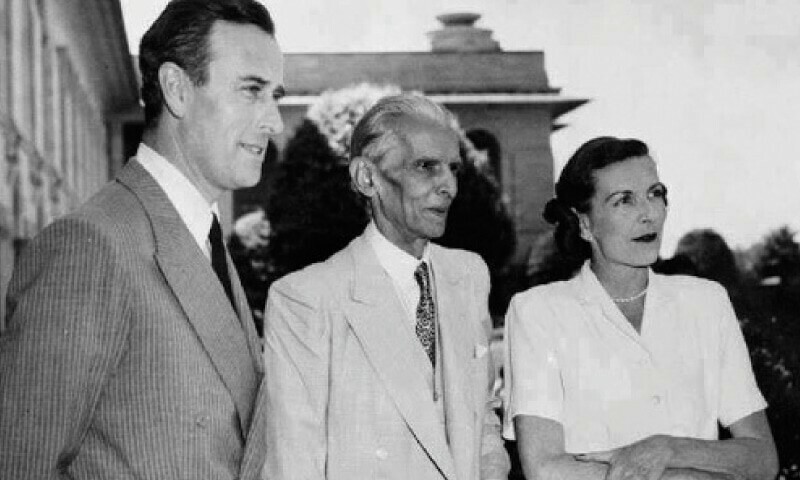Food Stories: Can you create the perfect bun kebab in your kitchen?
How is one to capture the essence of a bun kebab through the written word?
One has to smell it, taste it and savour it to really appreciate it. Yes, that’s the only way to really experience a bun kebab.
Growing up my favourite bun kebab had to be the one sold by a street vendor opposite the Khayam Cinema, in Nursery, Karachi.
Anyone who grew up in the Karachi of the 70s and 80s has to have tasted the legendary chana shami bun kebab with anda (omelette), chutney, tamatar (tomato slices) and piyaz (onion rings), sold at the thela diagonal to Khayam Cinema, opposite the paan shop, nestled at the corner of the Mulbari ke dukaan and Blue Ribbon Bakery.
Read more: The ultimate guide to the best desi food in Karachi
It was golden brown, soft, succulent, delicious and only one rupees and twenty-five paisas. I remember demanding two servings every time. One was never enough to satiate the taste buds, or the gluttony of the wonder years.
This very penchant for street foods may have been the reason for my childhood chub. And if the thela bun kebab wasn’t enough, my Nani used to make the best homemade bun kebabs, hence I’ve literally grown up eating them. And there was always a variety, aloo cutlet bun kebab, shami bun kebab and chapli kebab, a platter of taste with the desi twist.

The bun kebab is a traditional street food from Karachi, and though there is no dearth of mouth-watering delicacies in the city, but truth be told, there is no street food that hits the right spot like the karaara bun kebab.
Encyclopedia of Food and Culture, by Solomon H. Katz, editor, William Woys Weaver, associate editor, says the following about sandwiches, the father of hamburgers and grandfather of bun kebabs:
"The bread-enclosed convenience food known as the sandwich is attributed to John Montagu, fourth Earl of Sandwich (1718-1792), a British statesman and notorious profligate and gambler, who is said to be the inventor of this type of food so that he would not have to leave his gaming table to take supper.
"In fact, Montague was not the inventor of the sandwich; rather, during his excursions in the Eastern Mediterranean, he saw grilled pita breads and small canapes and sandwiches served by the Greeks and Turks during their mezes, and copied the concept for its obvious convenience. There is no doubt, however, that the Earl of Sandwich made this type of light repast popular among England's gentry, and in this way, his title has been associated with the sandwich ever since.
"Literary references to sandwiches begin to appear in English during the 1760s, but also under the assumption that they are a food consumed primarily by the masculine sex during late night drinking parties. The connotation does not change until the sandwich moves into general society as a supper food for late night balls and similar events toward the end of the eighteenth century.
"Charlotte Mason was one of the first English cookbook authors to provide a recipe for sandwiches. During the nineteenth century, as midday dinner moved later and later into the day, the need for hot supper declined, only to be replaced with light dishes made of cold leftovers, ingredients for which the sandwich proved preeminently suitable. Thus the sandwich became a fixture of intimate evening suppers, teas, and picnics, and popular fare for taverns and inns.
"This latter genre of sandwich has given rise to multitudes of working class creations, [like the bun kebab]. During the early years of the railroad, sandwiches proved an ideal form of fast food, especially since they could be sold at train stations when everyone got off to buy snacks. During the late nineteenth and early twentieth centuries the sandwich came into its own, especially as a response to the Temperance Movement. Taverns and saloons offered free sandwiches with drinks in order to attract customers."
The evolution of the desi bun kebab from an English sandwich was expected when it hit the streets of the sub-continent. The mayo, cheese, mustard was replaced with desi chutney, and the meat patty was replaced with a shami kebab and anda (omelette). When it was time for me to make this delightful street food, I looked no further than my own recipe book. Here it is from my kitchen to yours.
Ingredients

8 shami kebabs (Find recipe here)
1 large sliced onions
1 large sliced tomato
8 buns
4 egg omelette
Imli chutney
Butter and oil for searing
Method

Heat oil in a frying pan.
Beat the eggs, adding salt to taste and make a round omelette.
Sear onions on high heat for a minute and set aside.
Sparingly spread butter on all four sides of the bun.
Spreading chutney inside the bun, top with kebab, layer with a single large slice of tomato, sprinkle onions, top with egg, covering with top of the bun, and searing both sides of the bun on high heat.
Serve with a chutney and ketchup.














Comments